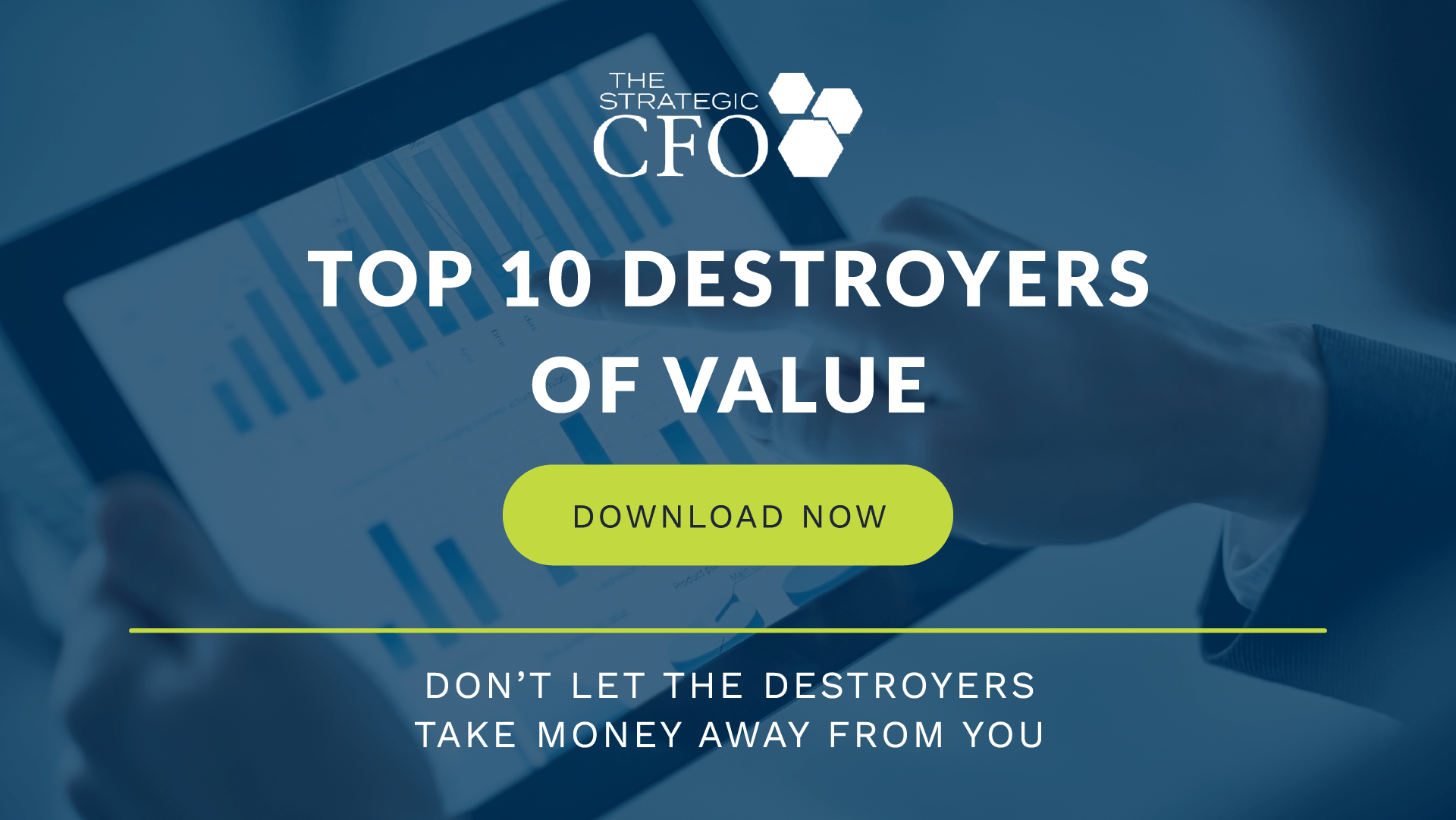See Also:
Chapter 7 Bankruptcy
Chapter 13 Bankruptcy
Bankruptcy Courts
Chapter 11 Bankruptcy
Bankruptcy Code
Bankruptcy Information
Chapter 12 Bankruptcy
Bankruptcy Costs Explained
The more debt a company takes on, the more it risks being unable to meet its financial obligations to creditors. A highly leveraged firm is more vulnerable to a decrease in profitability. Therefore a highly levered firm has a higher risk of bankruptcy.
Bankruptcy costs vary for different types of firms, but they typically include the following:
- Legal fees
- Losses incurred from selling assets at distressed fire-sale prices
- Increased borrowing costs due to poorer credit
- The departure of valuable human capital
Bankruptcy costs can also affect intangible assets and include indirect costs. For example, bankruptcy could tarnish a company’s reputation and brand equity, causing it to lose market share and competitive positioning. It can also cause suppliers to tighten trade credit terms and cause the loss of customers.
The way to measure bankruptcy cost is to multiply the probability of bankruptcy by the expected cost of bankruptcy. A company should consider the expected cost of bankruptcy when deciding how much debt to take on.
Debt can destroy a company, but it can be managed. If you’re looking at bankruptcy, then click here to download the Top 10 Destroyers of Value to maximize the value of your company.

Access your Exit Strategy Execution Plan in SCFO Lab. This tool enables you to maximize potential value before you exit.
Click here to access your Execution Plan. Not a Lab Member?
Click here to learn more about SCFO Labs











